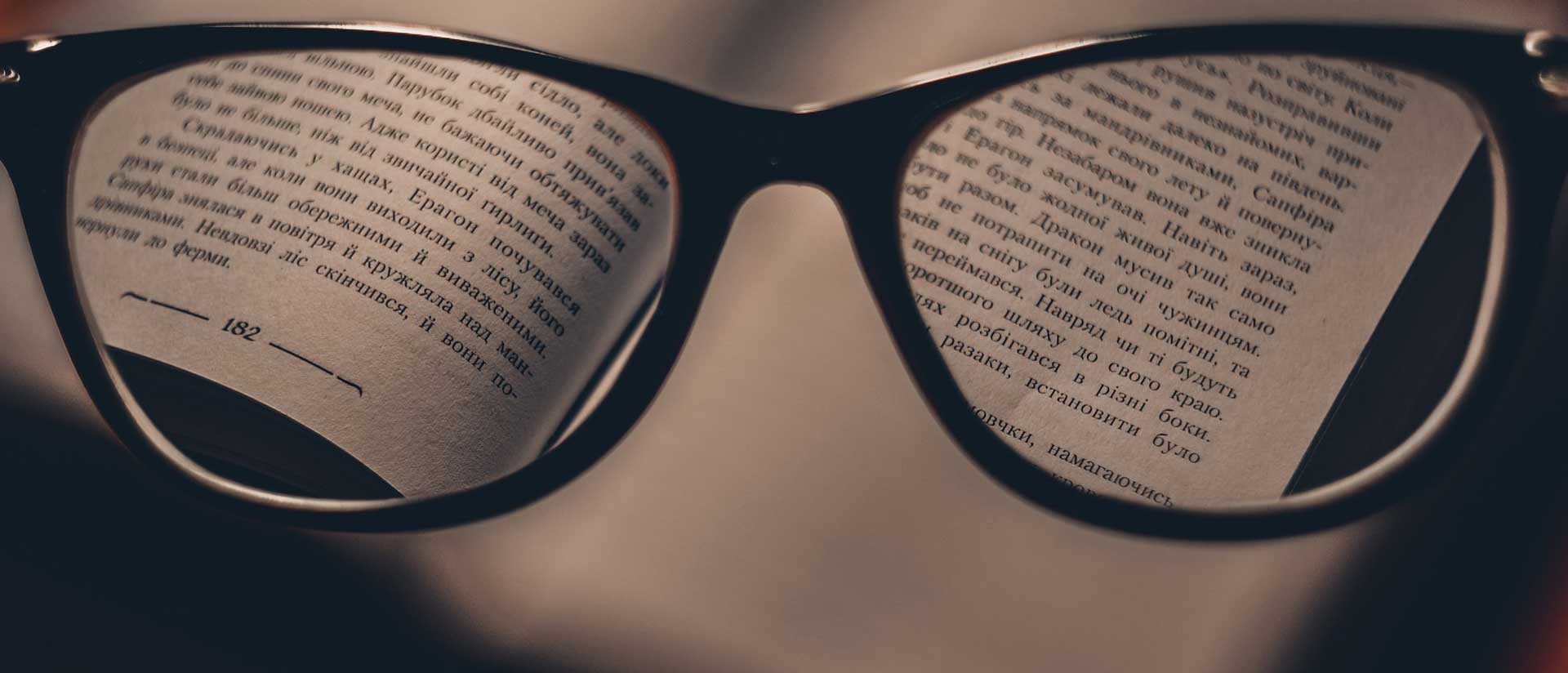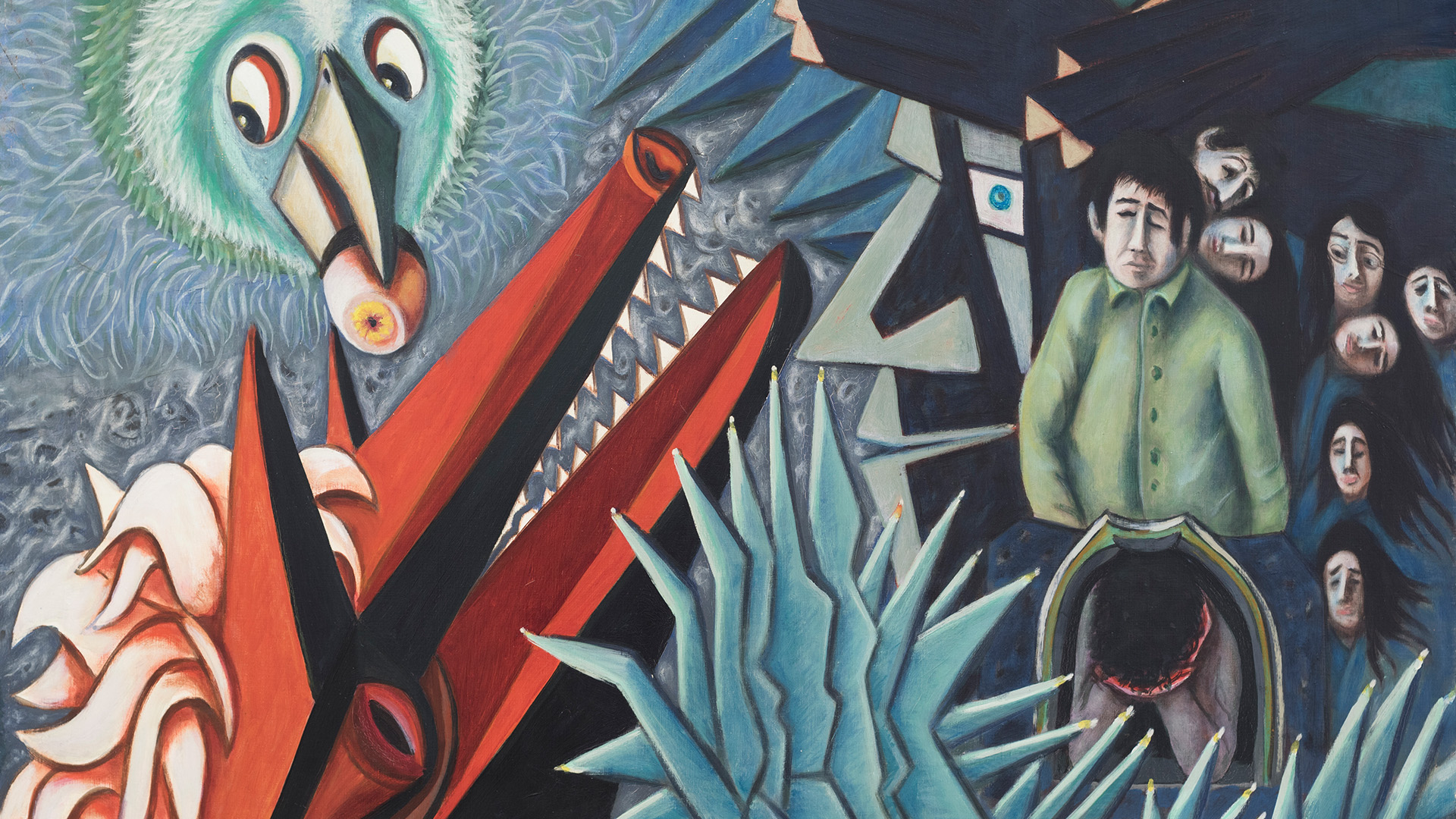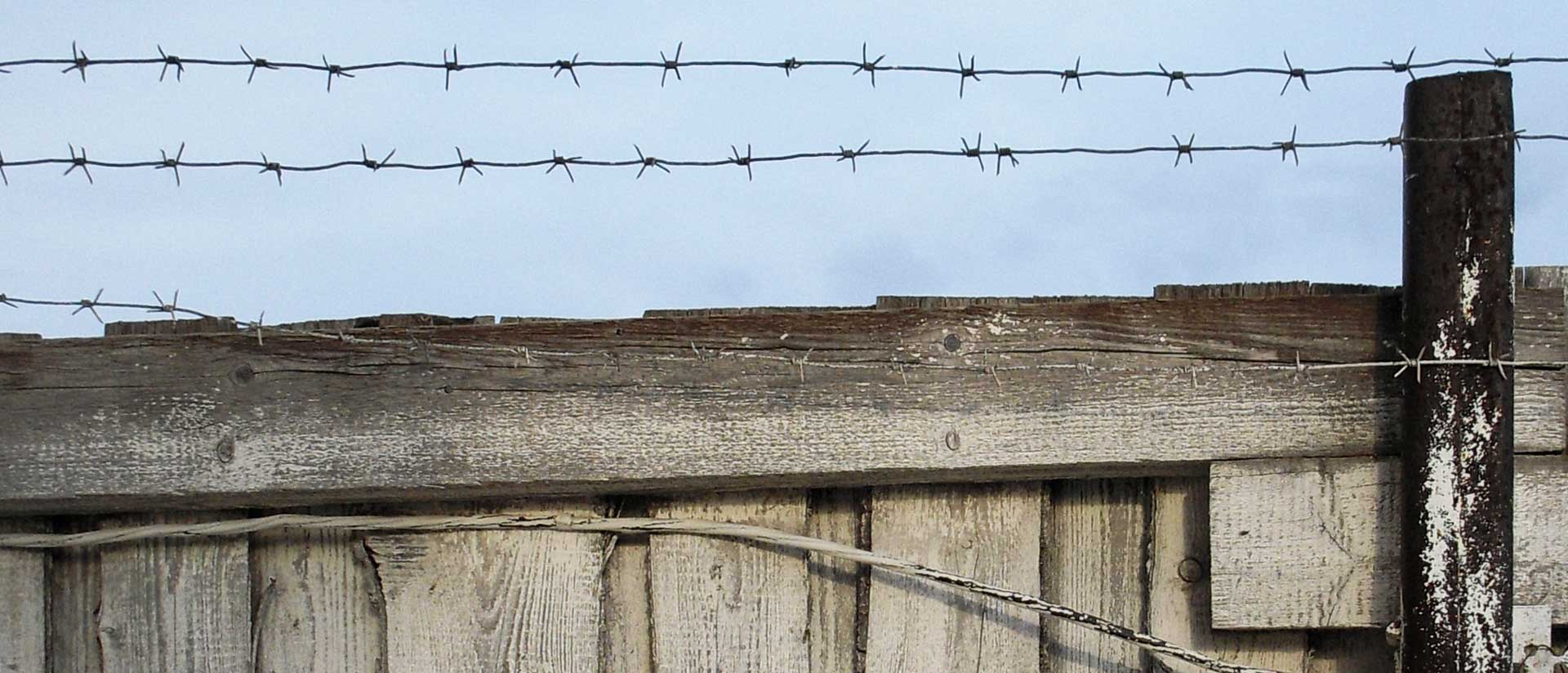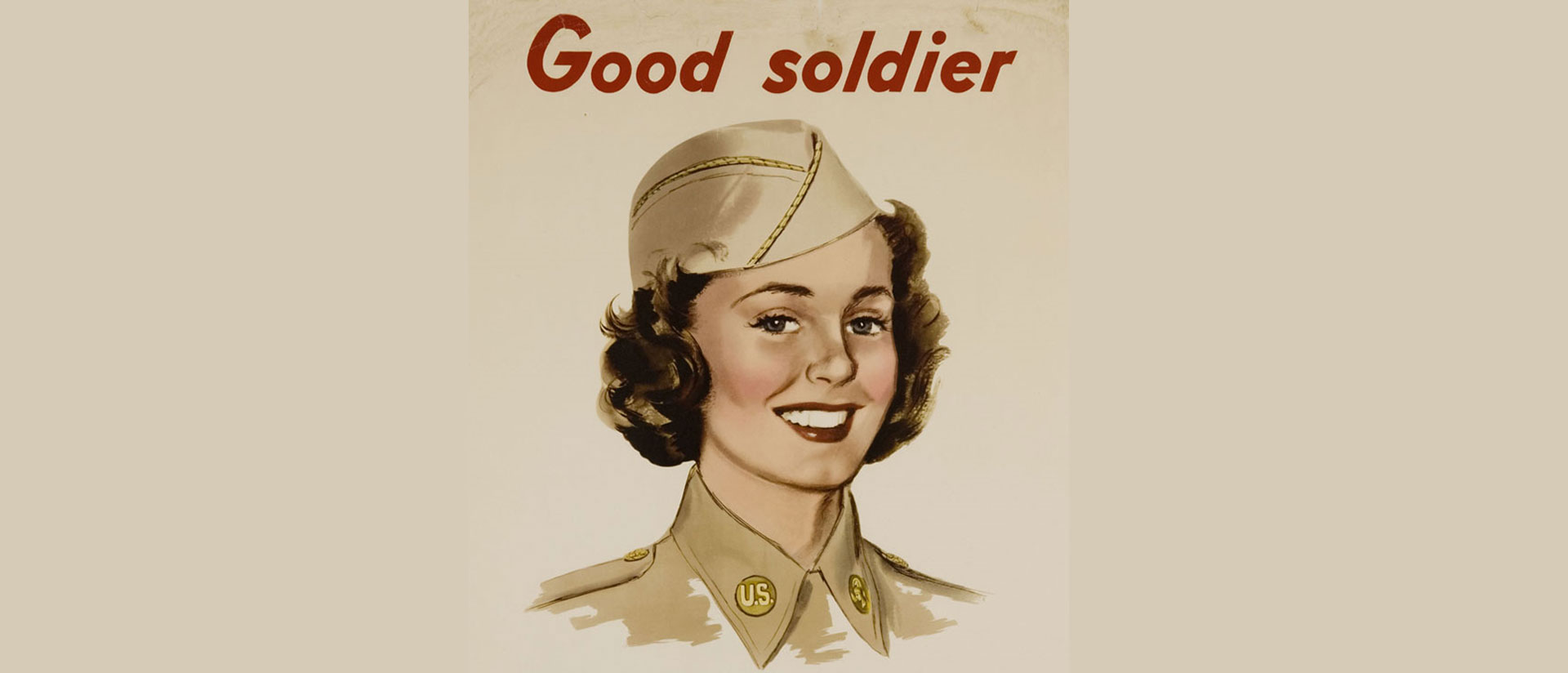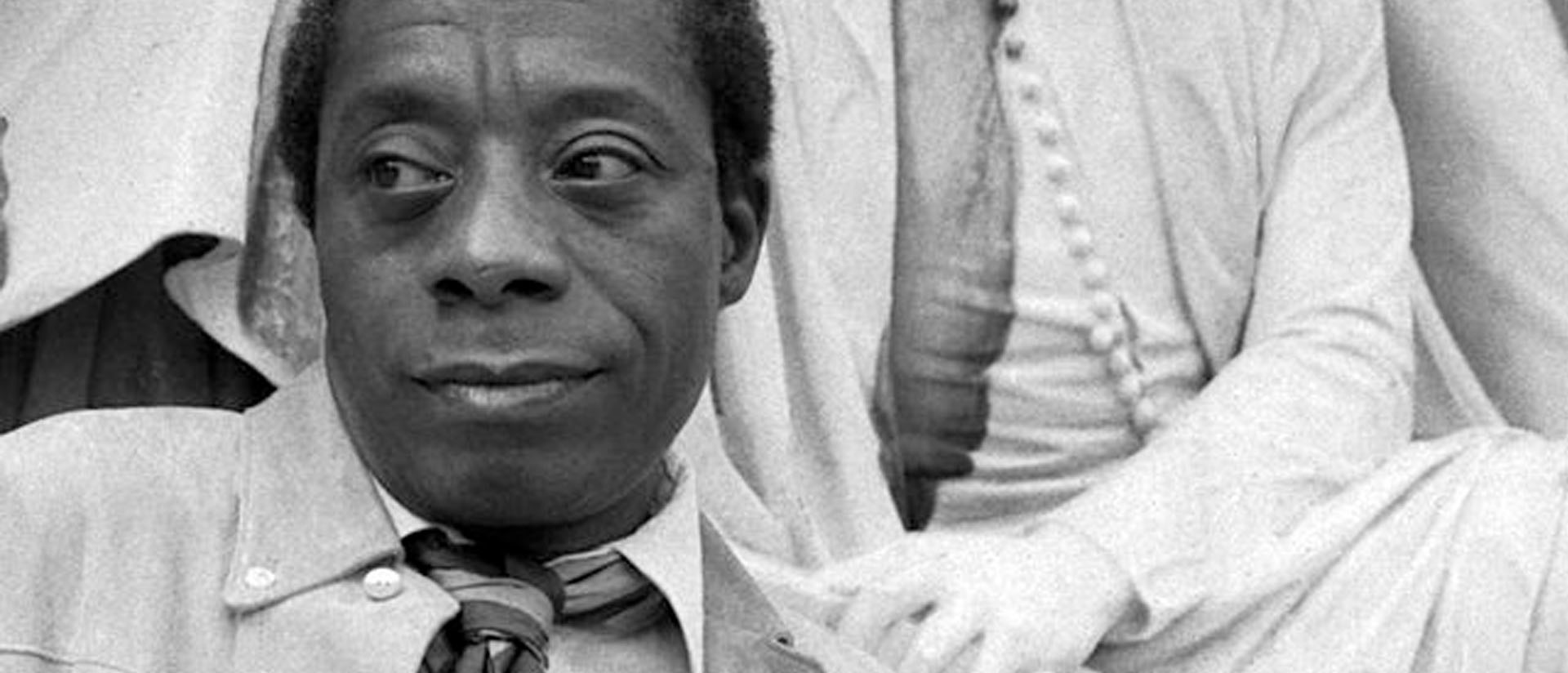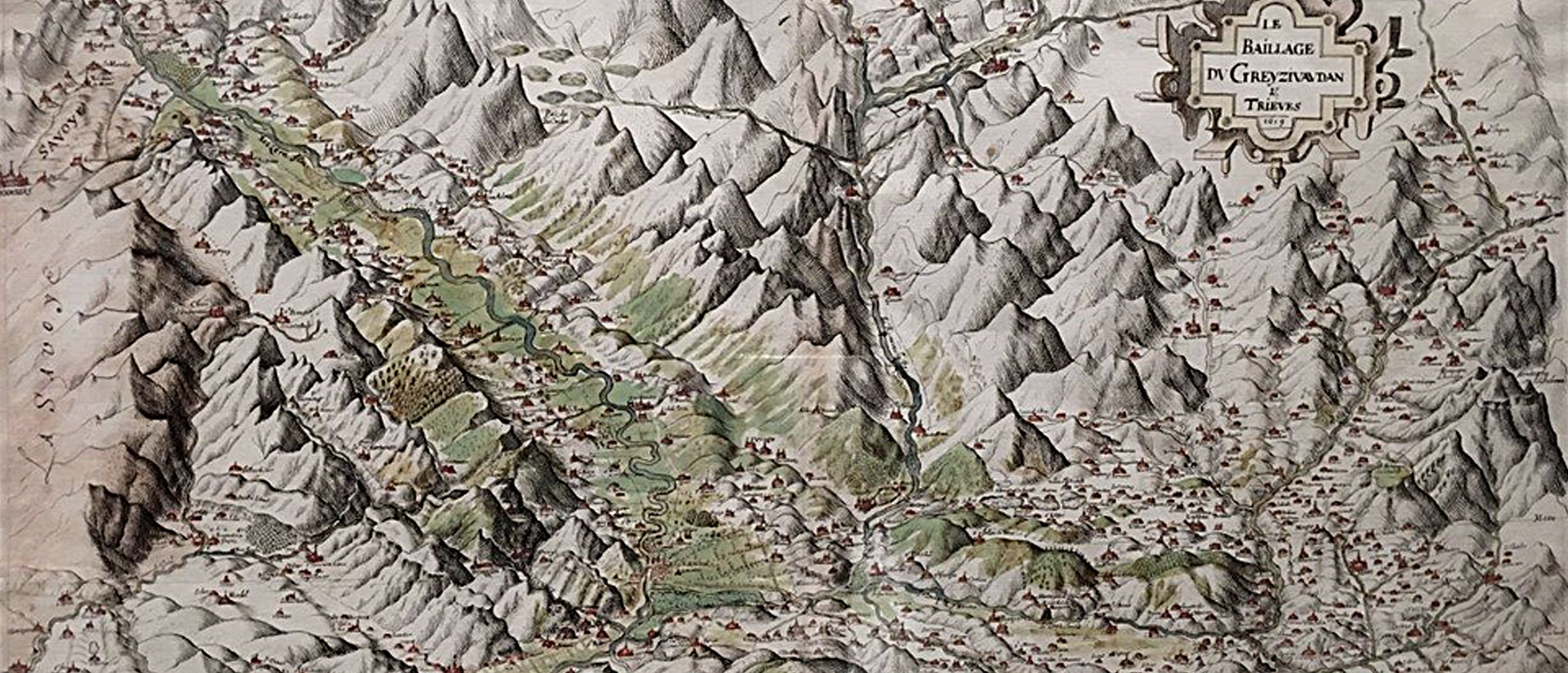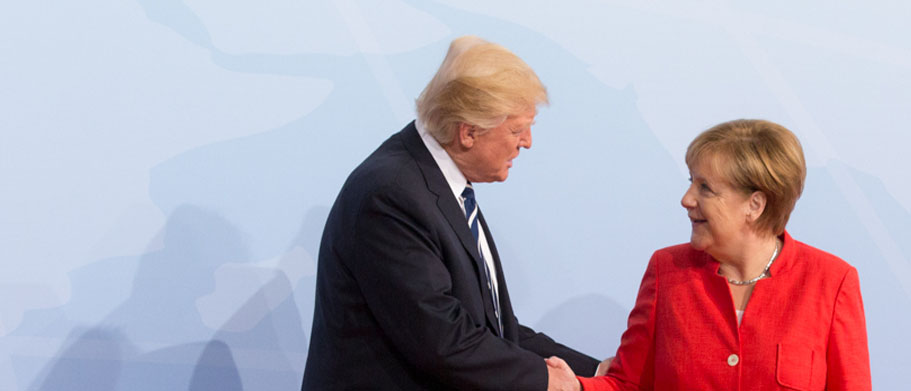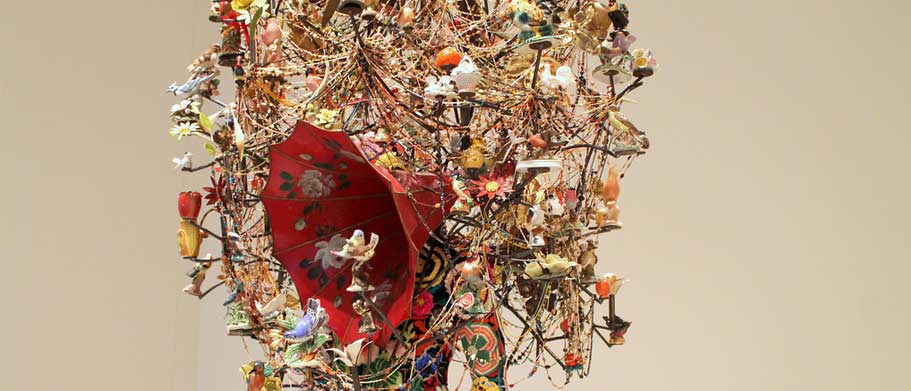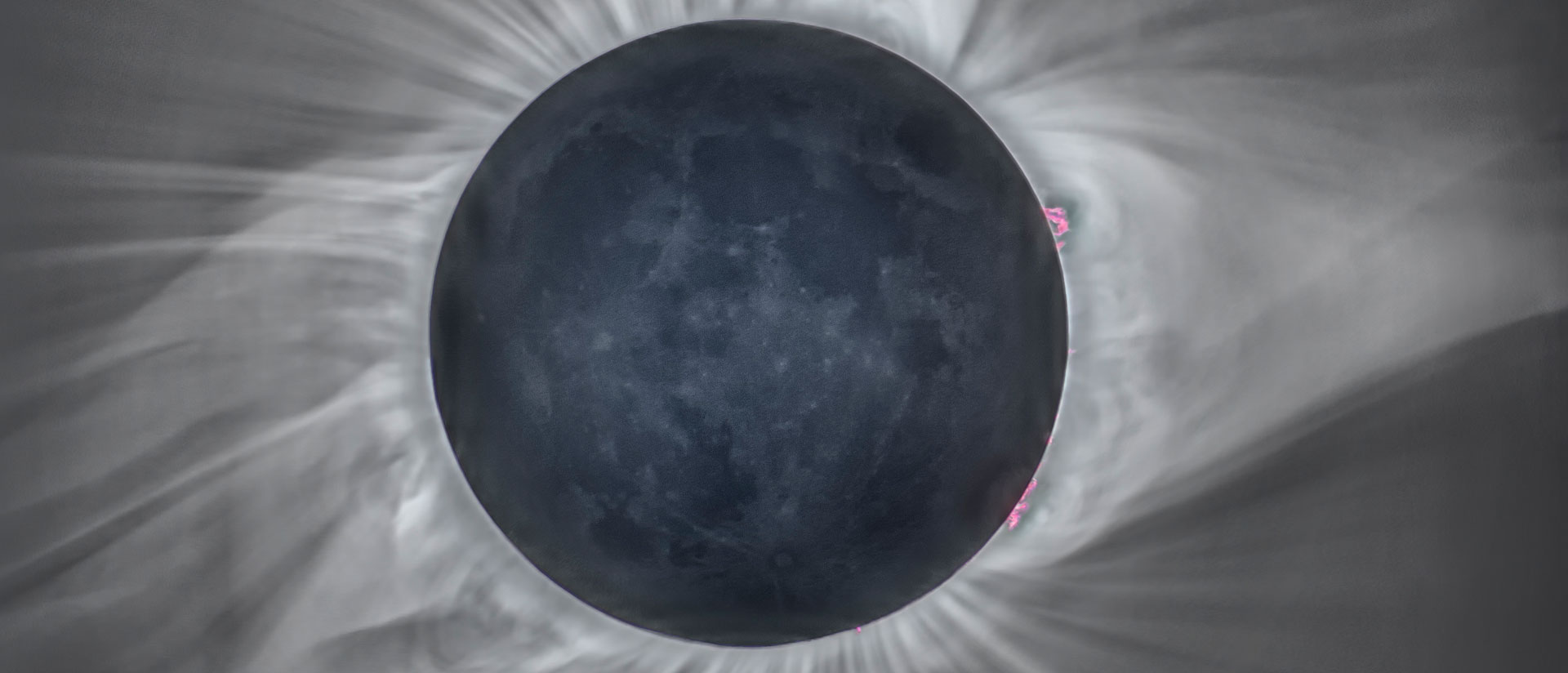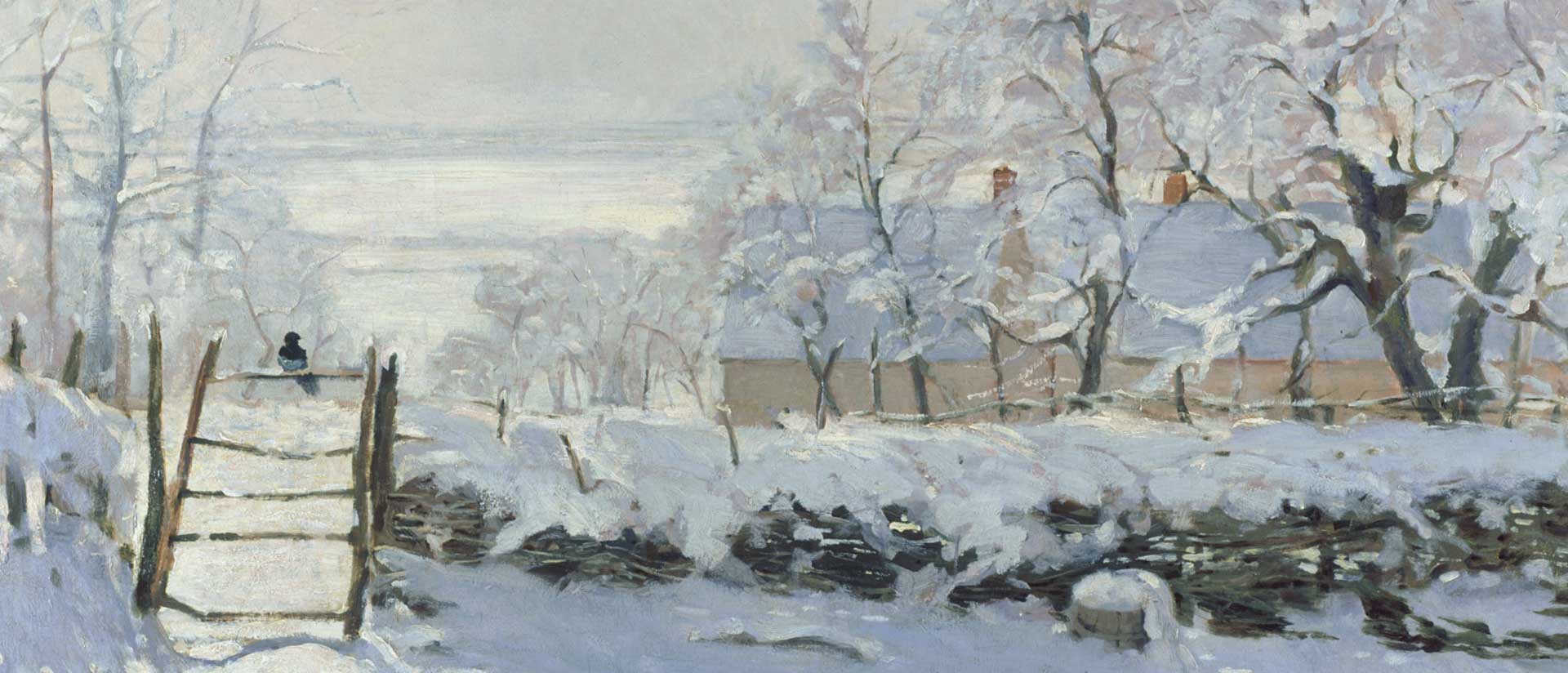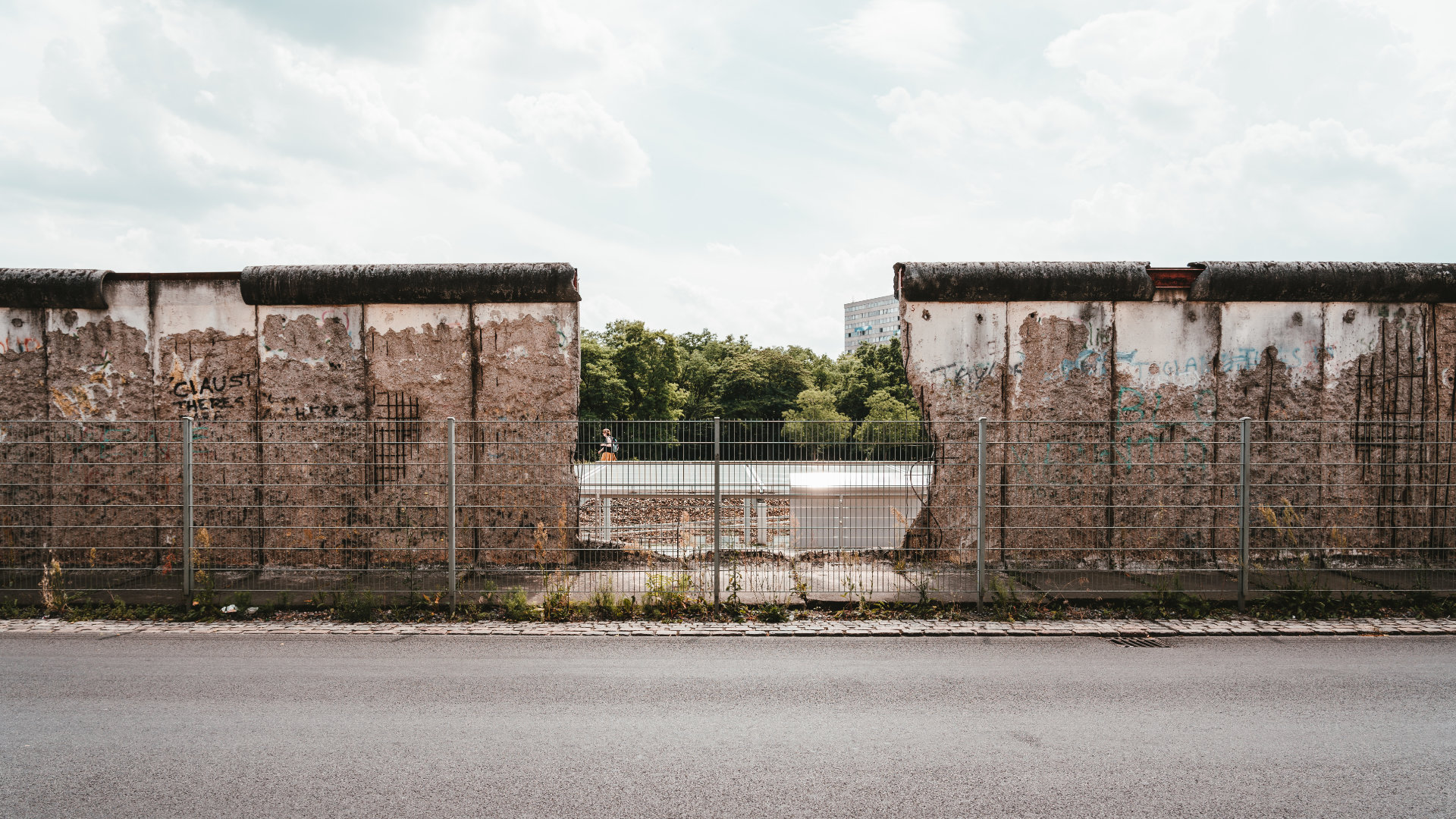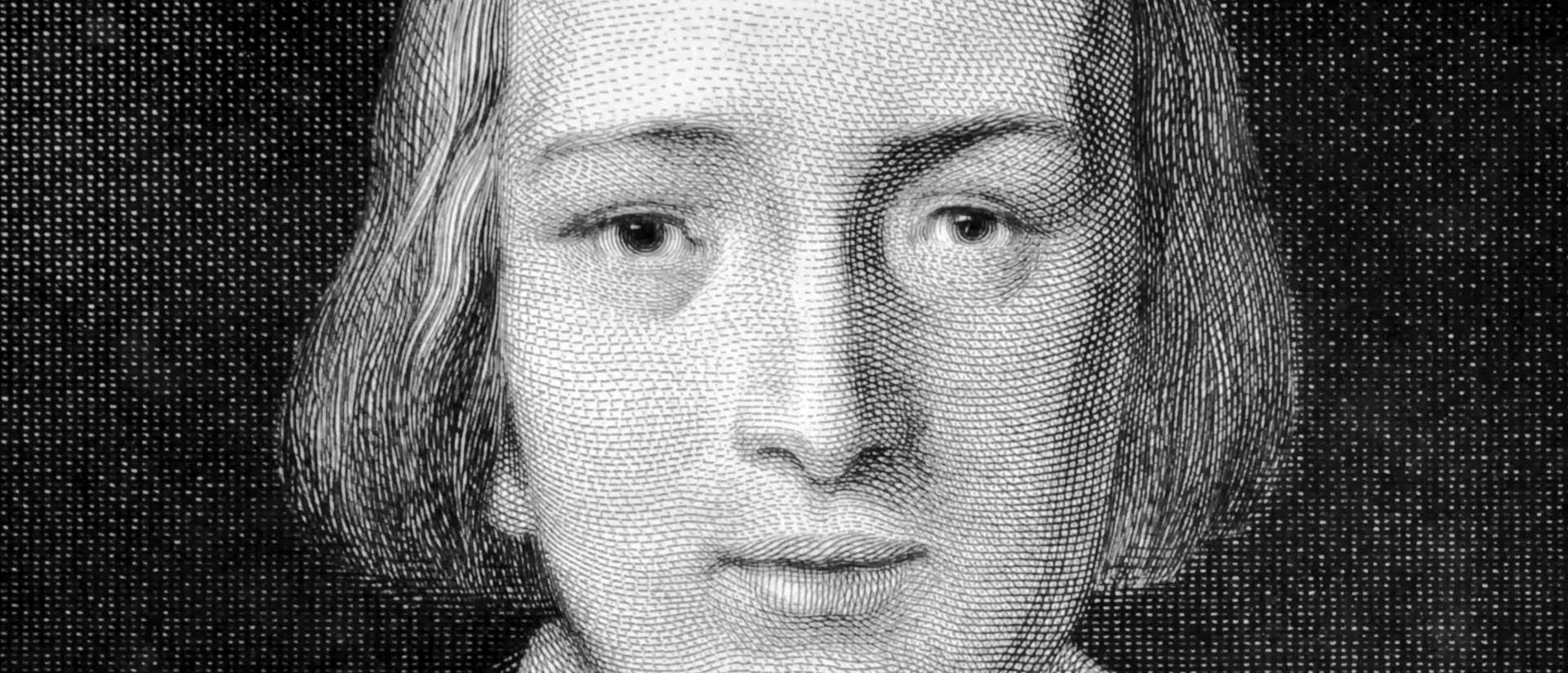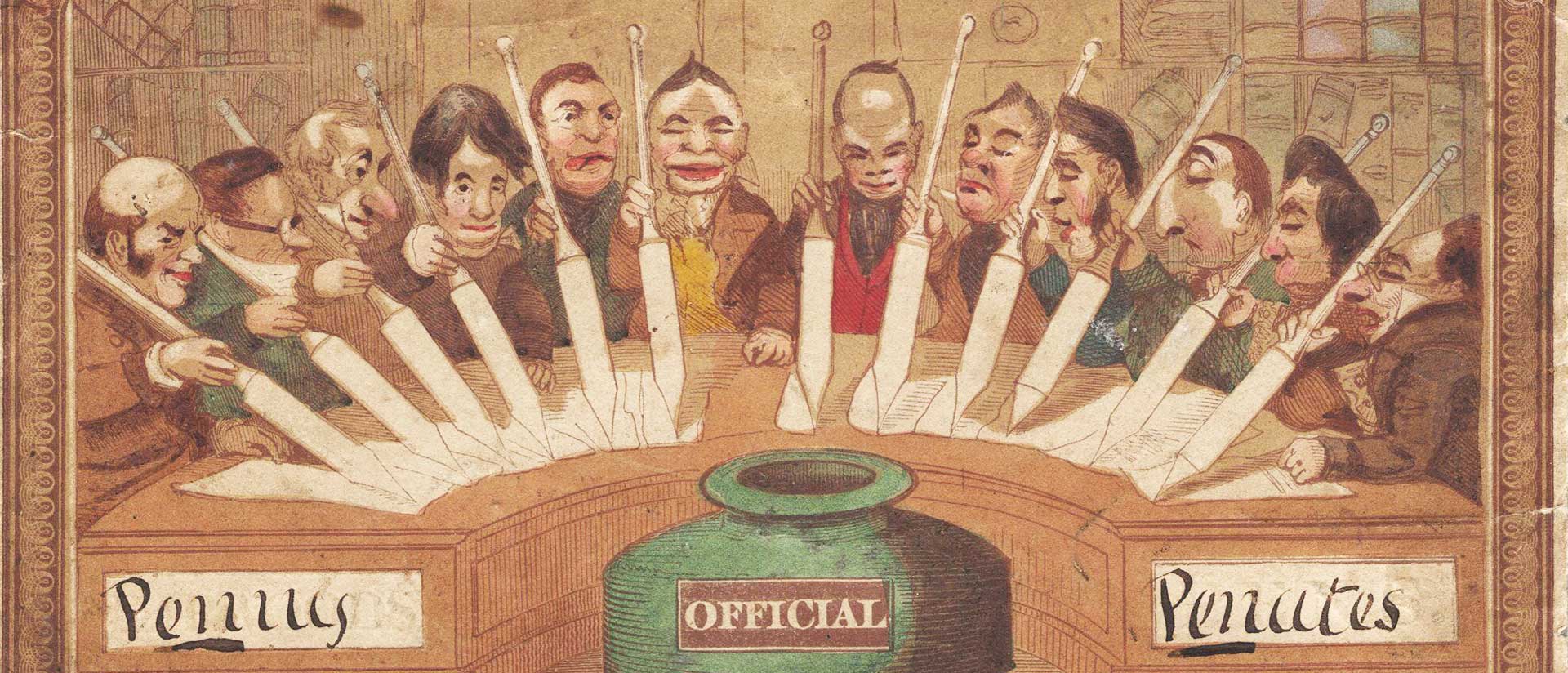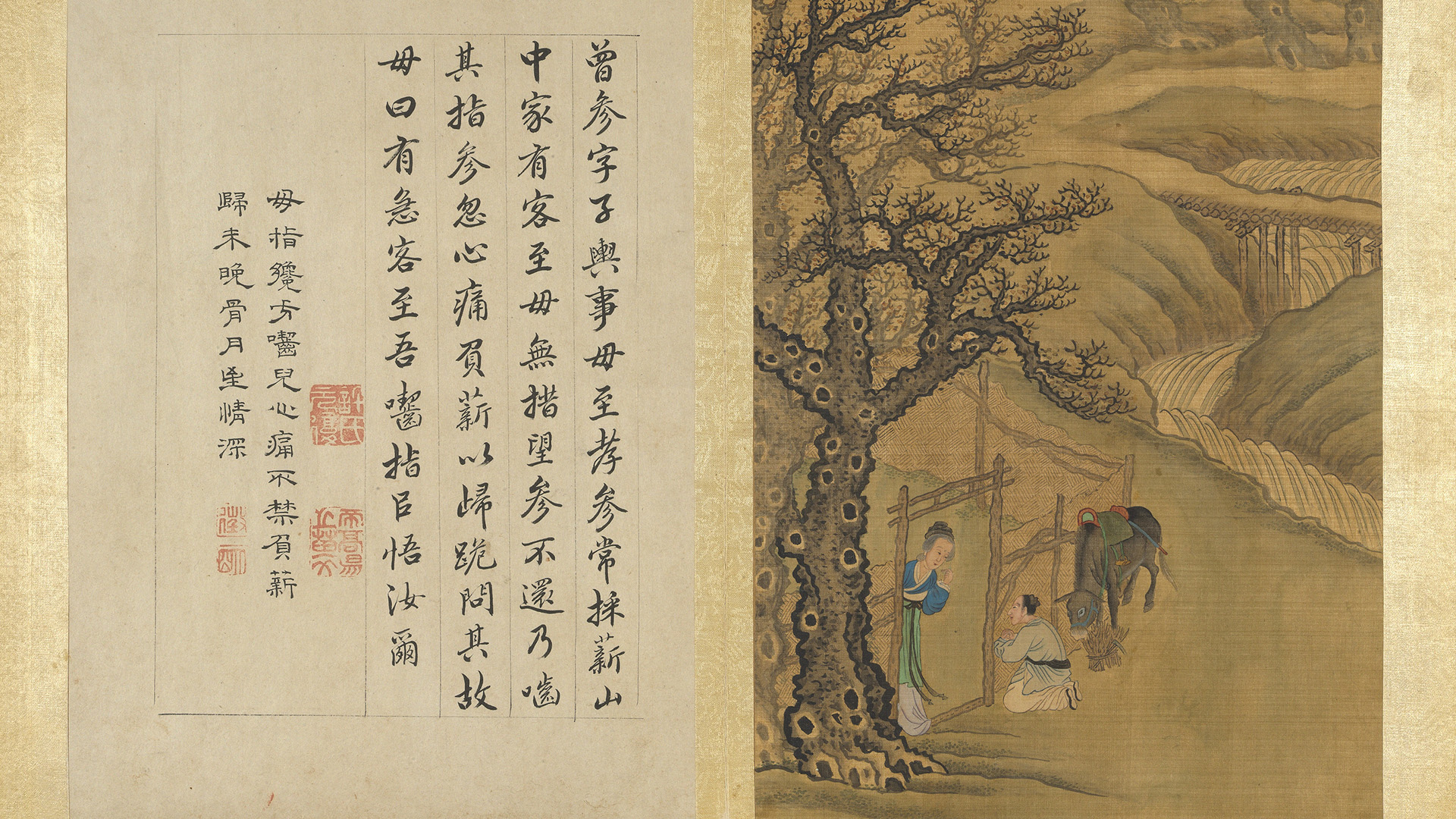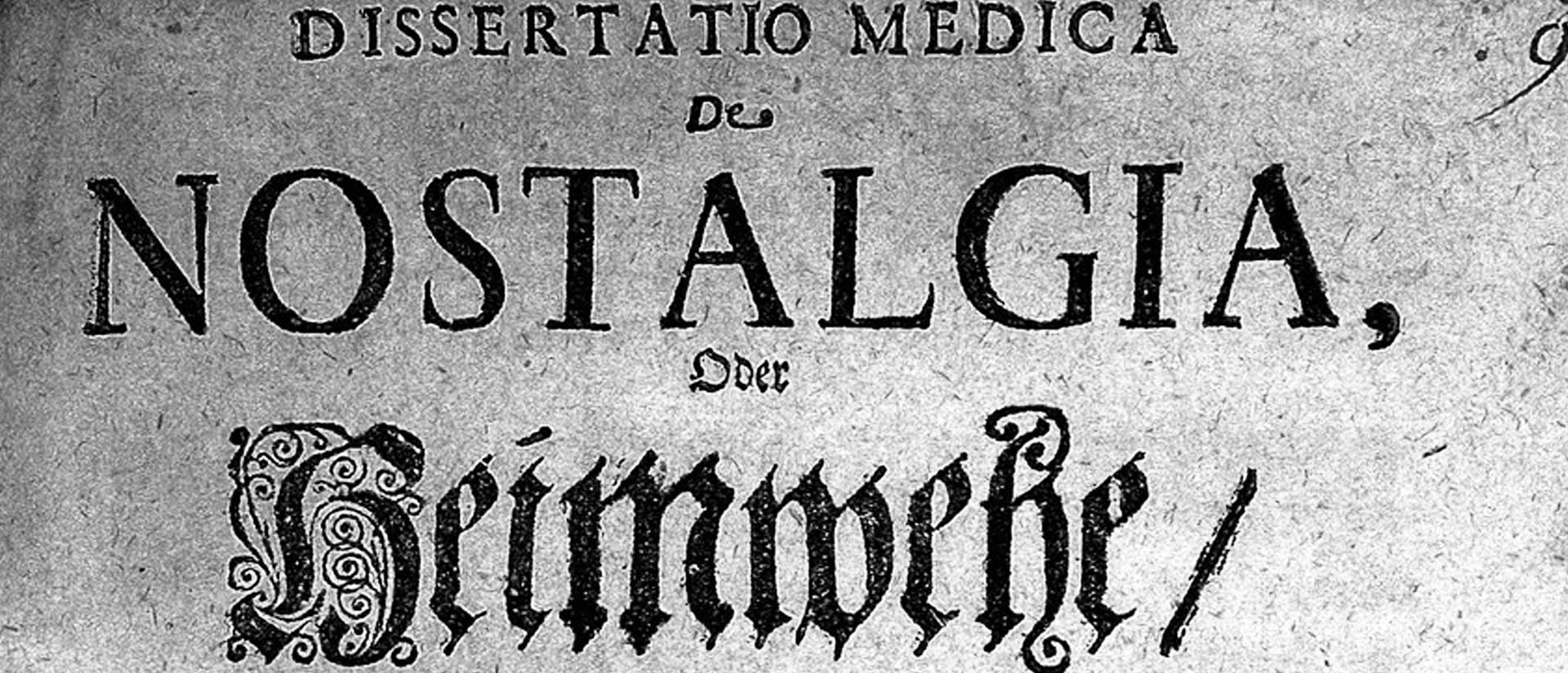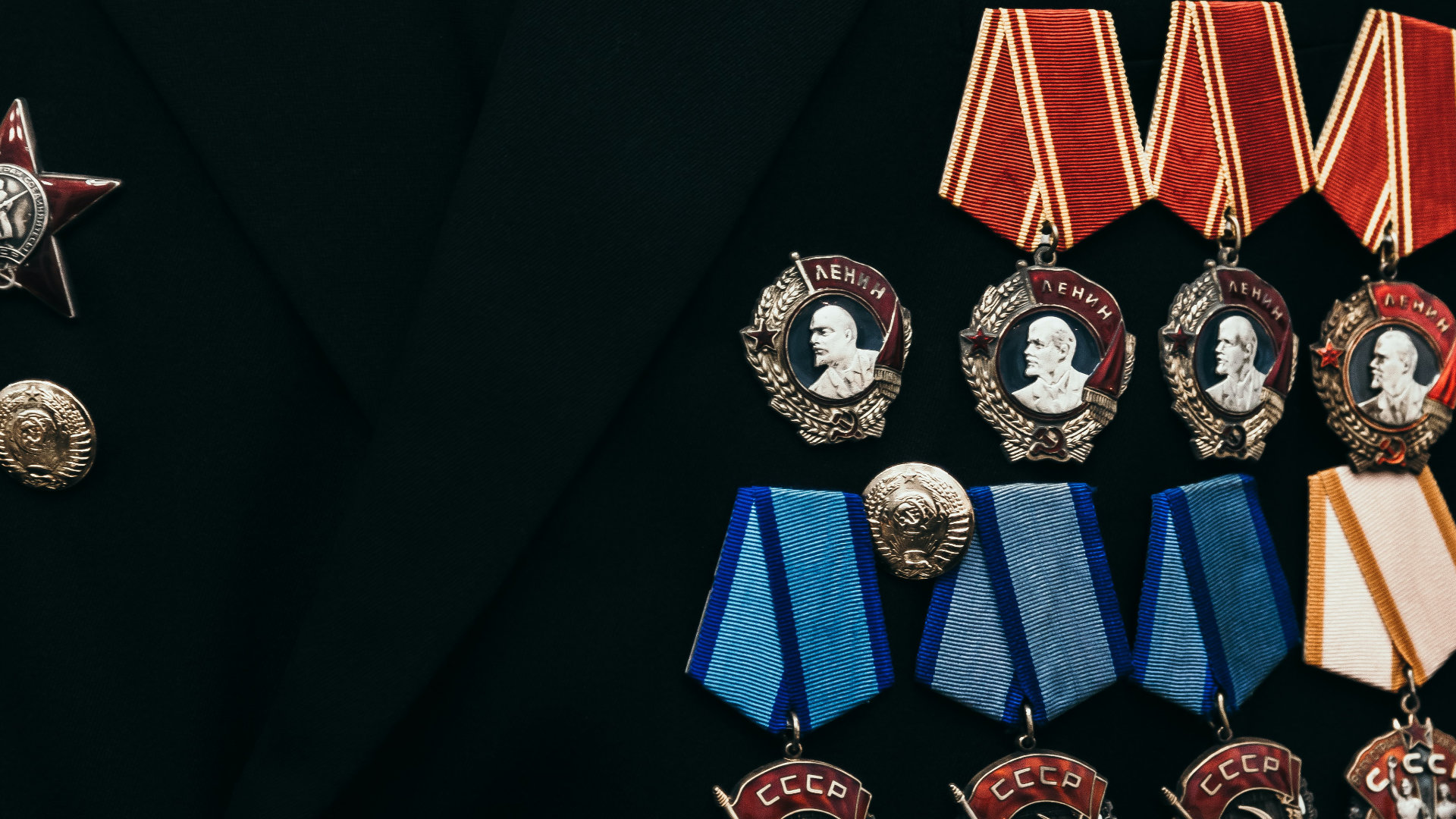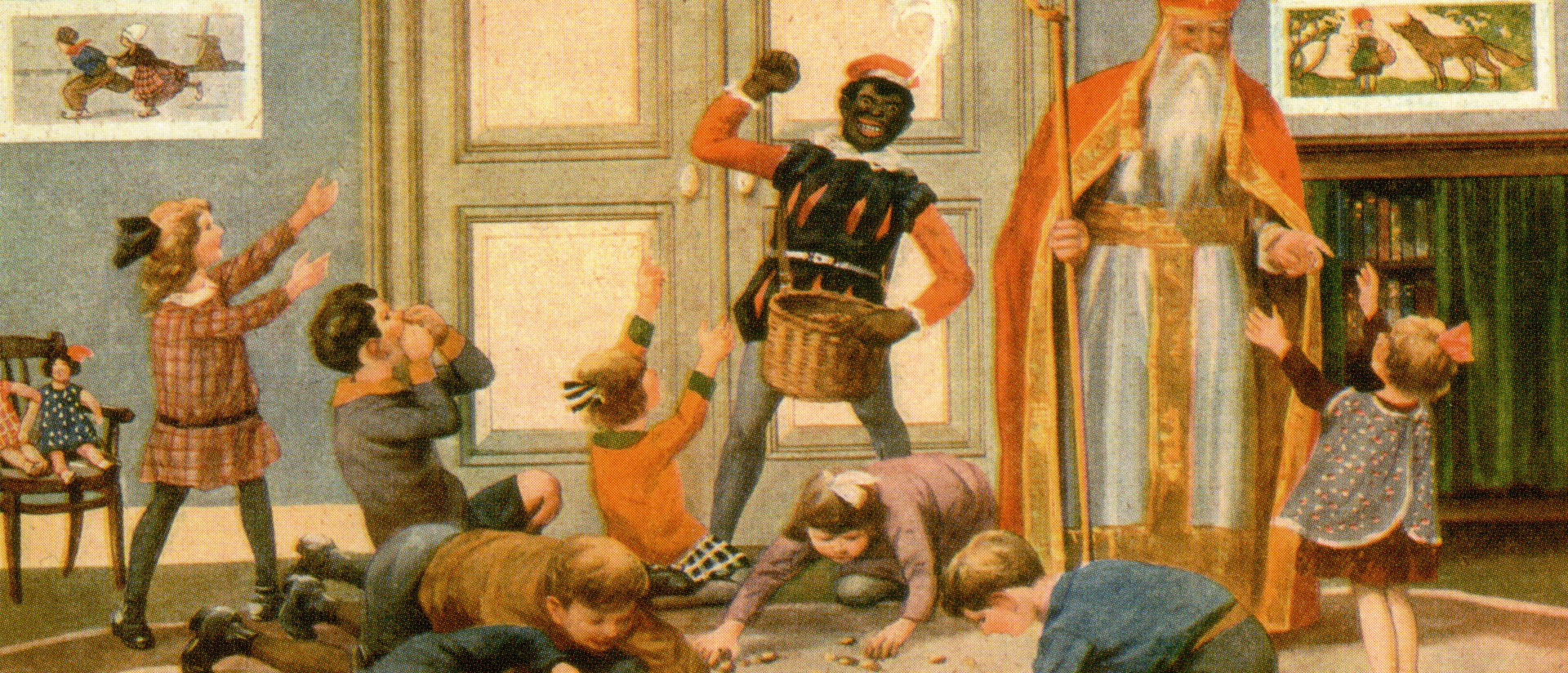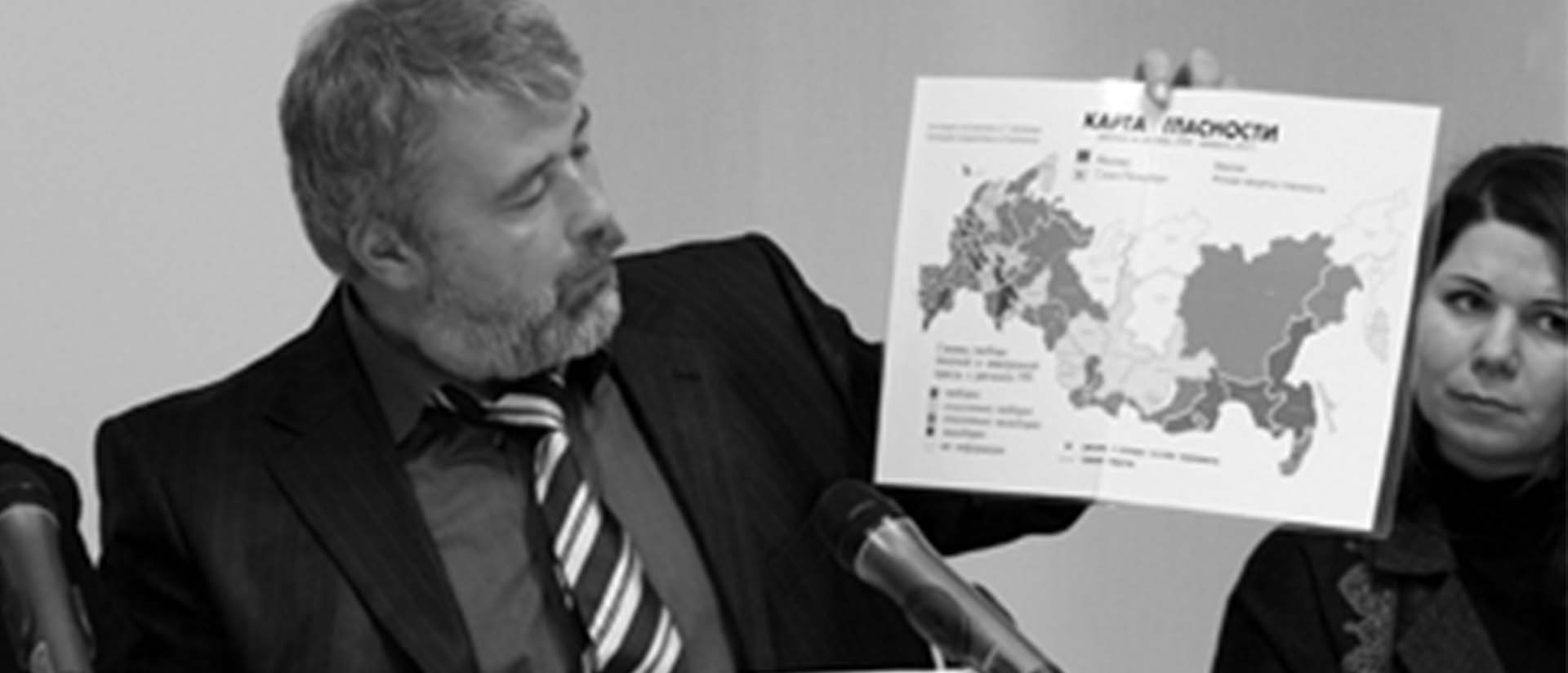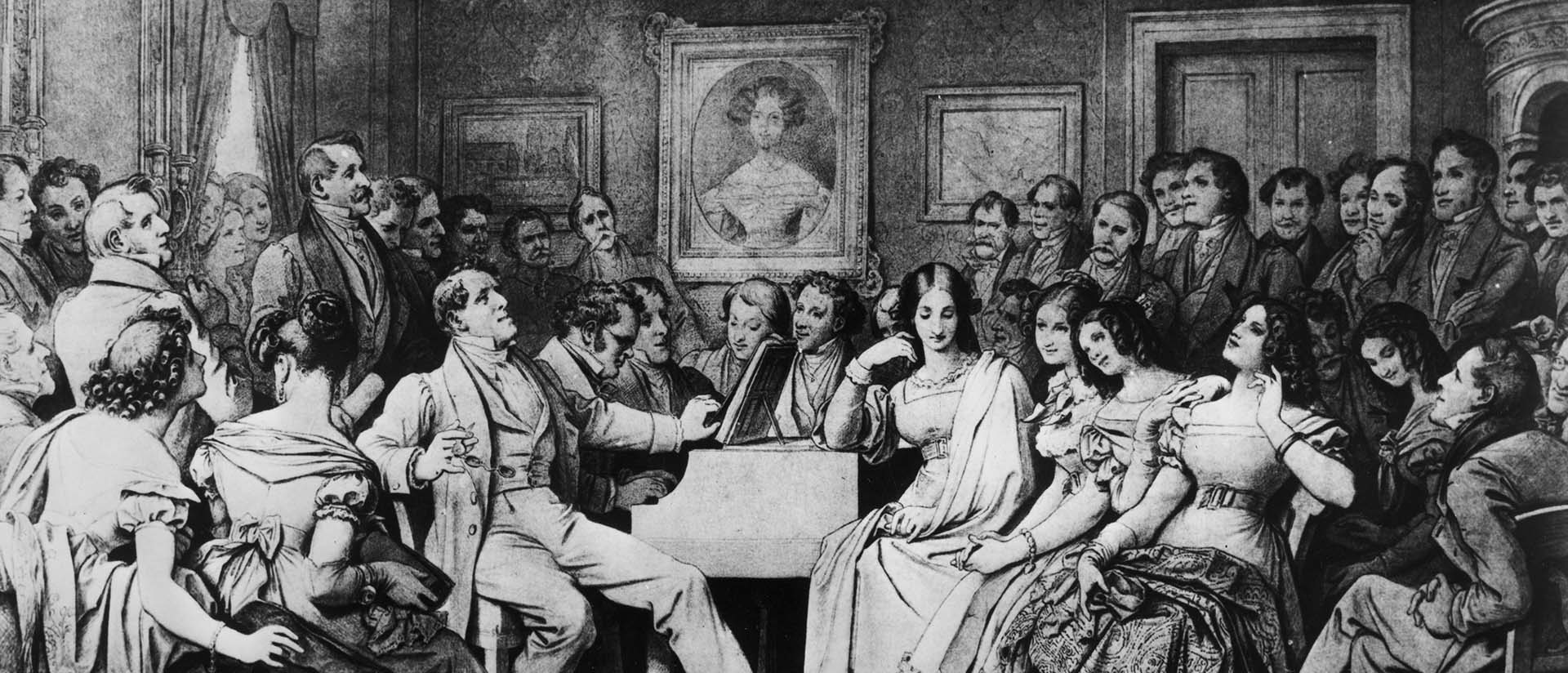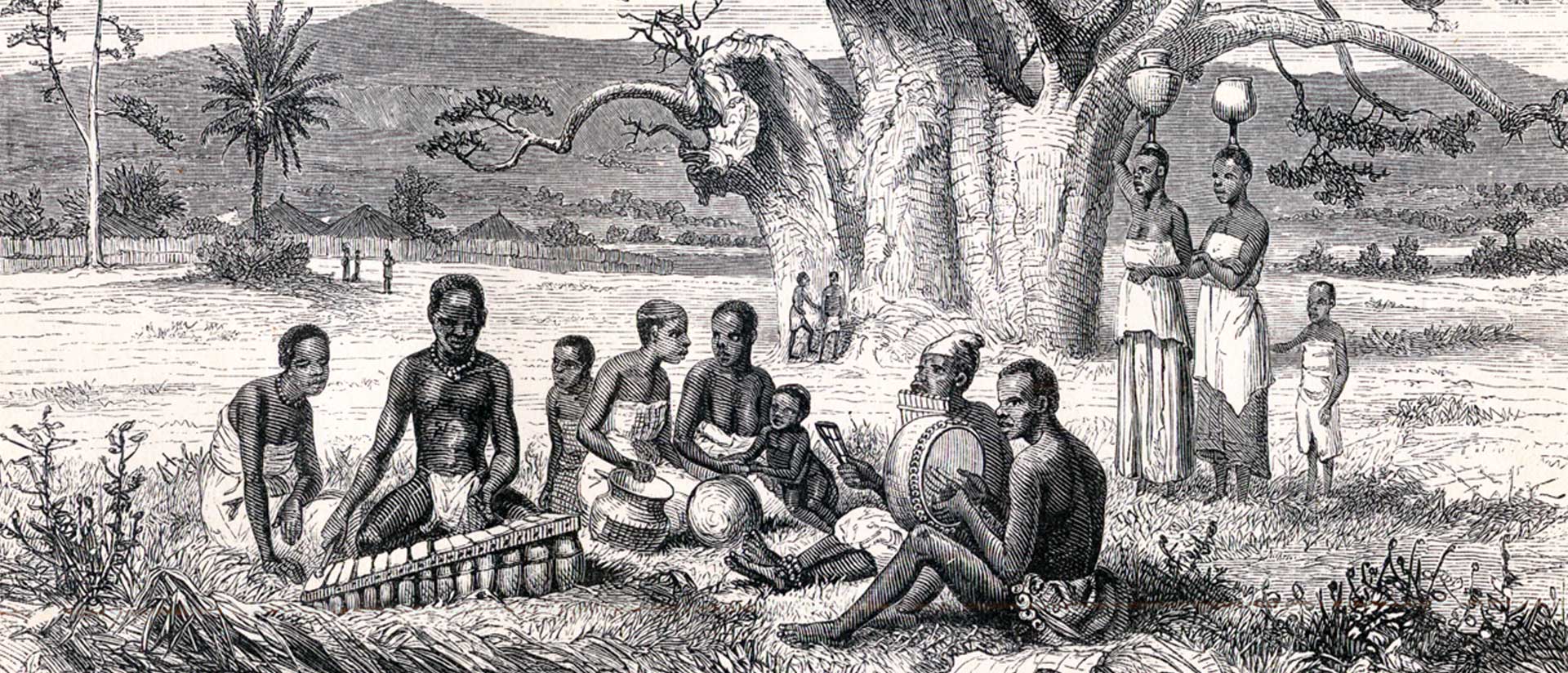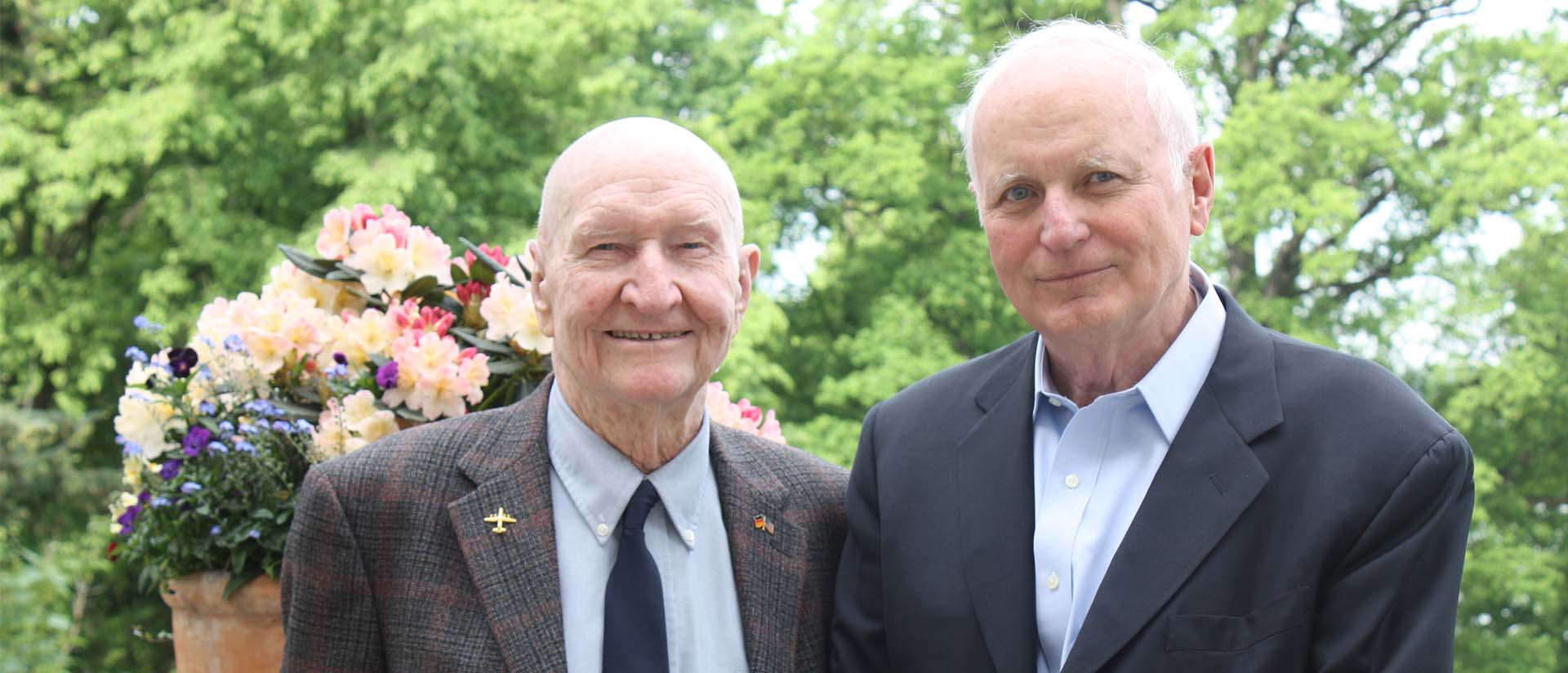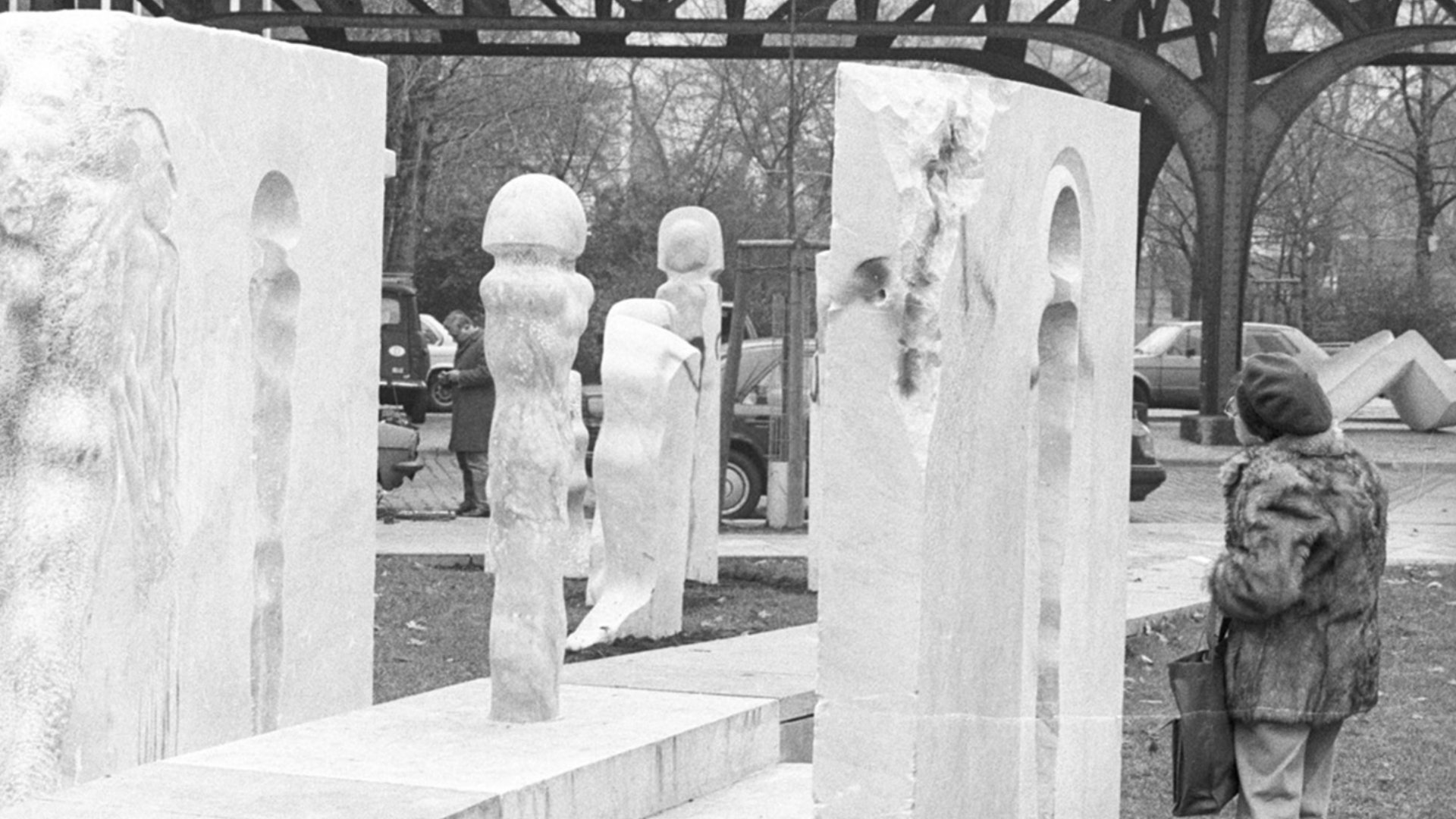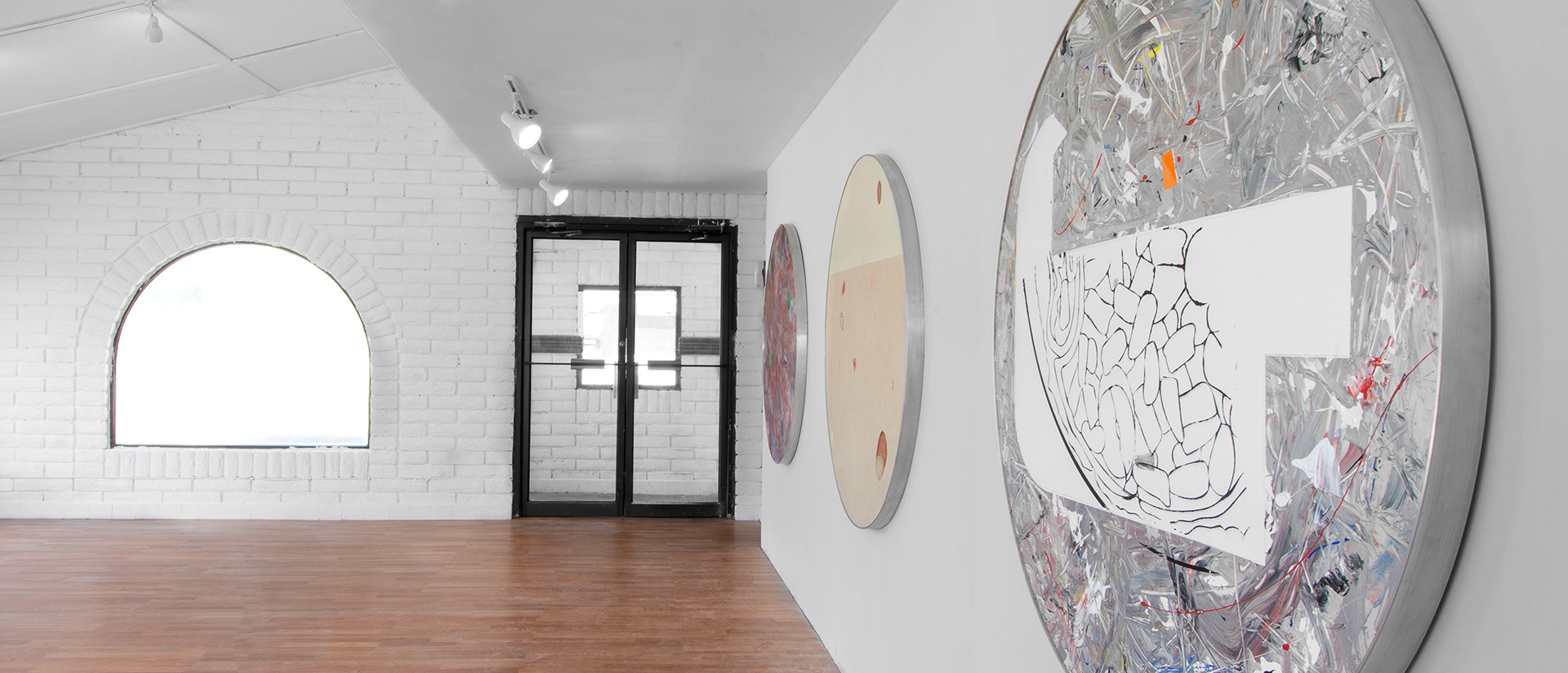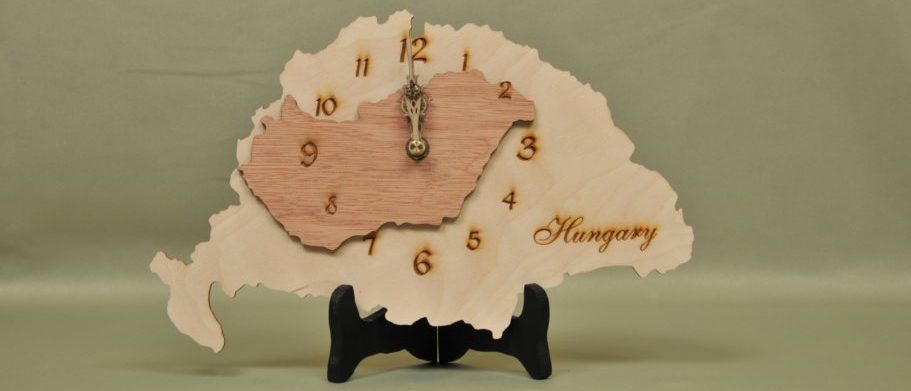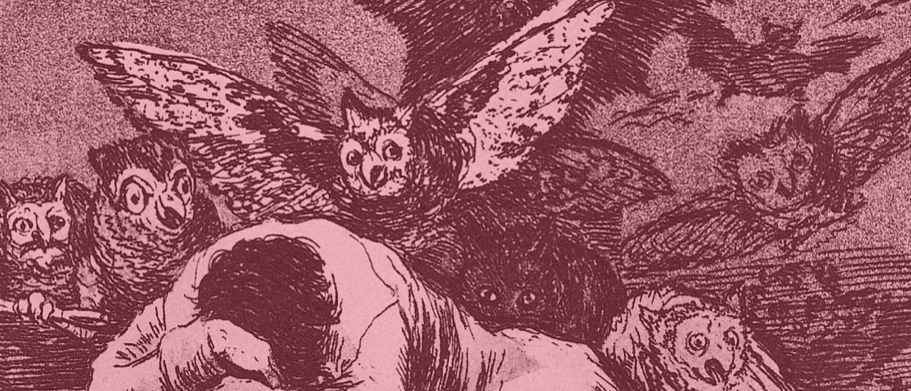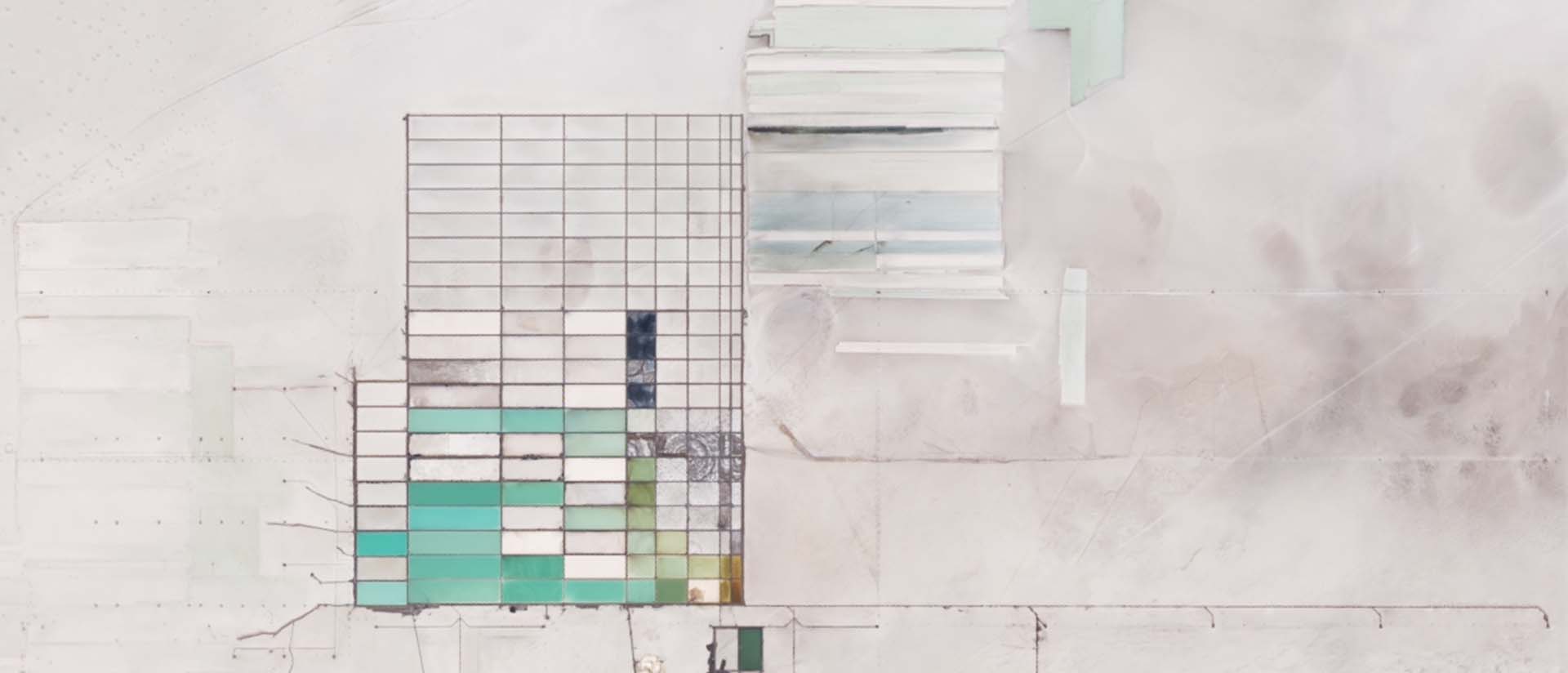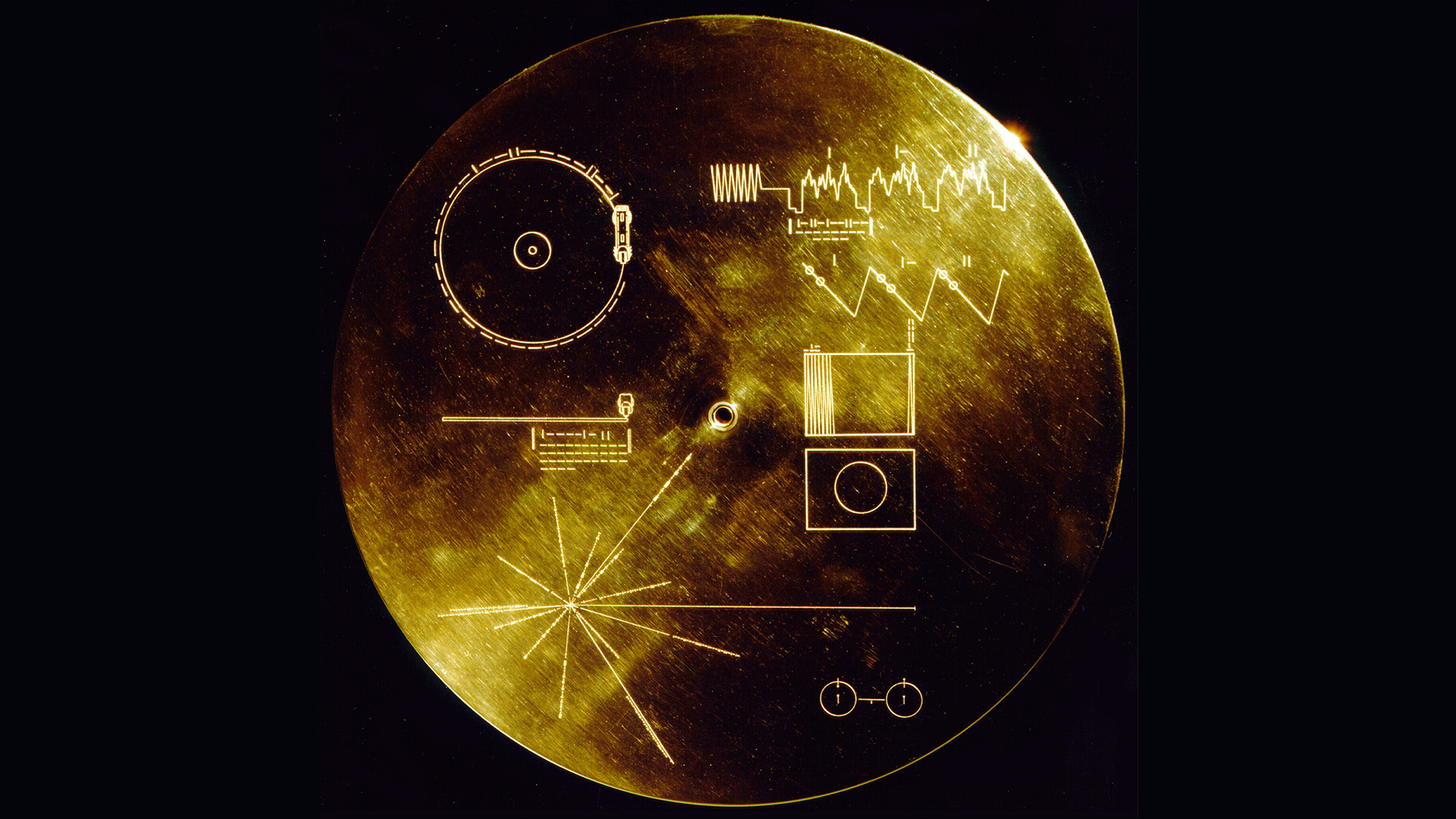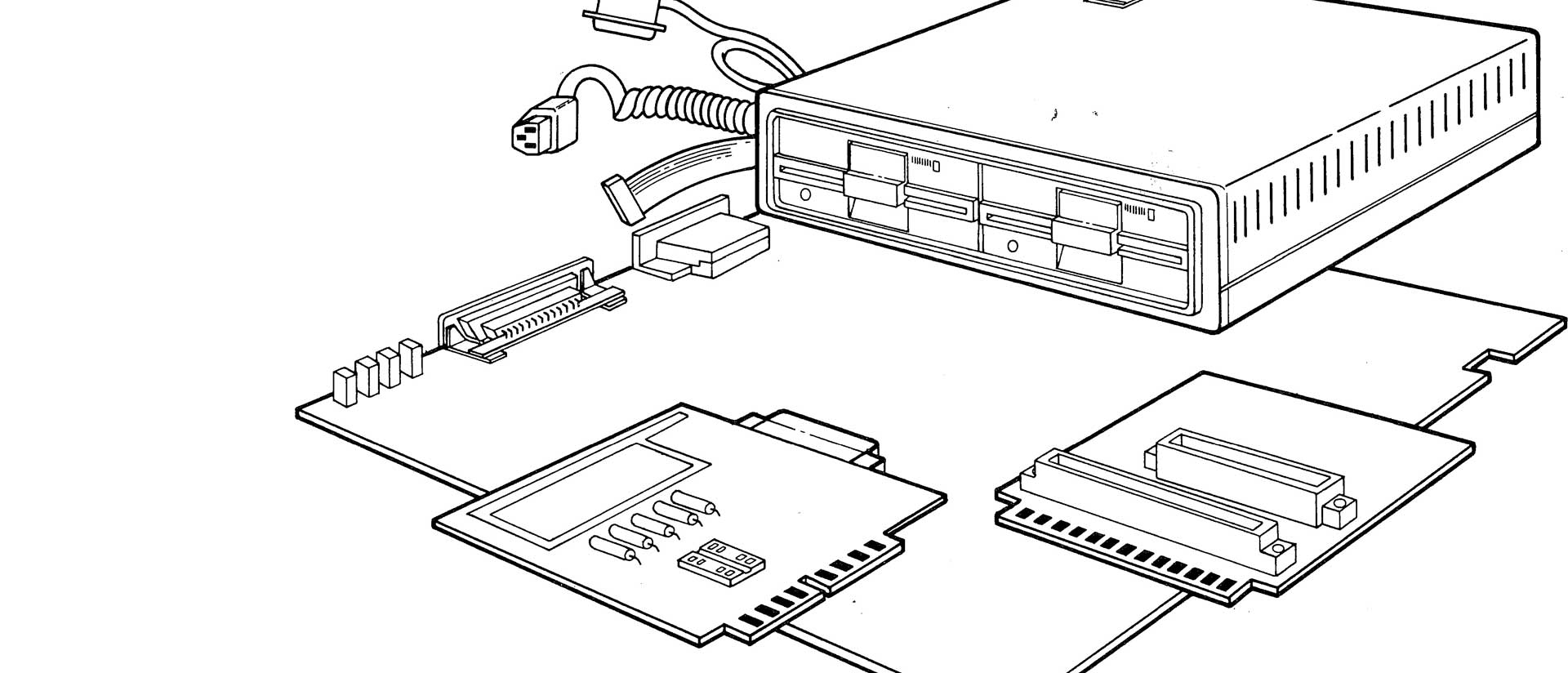
Truckstops on the Information Superhighway
Epistles from a prehistory of the cloud
By Tung-Hui Hu
In 1970, the same year that computer scientist John McCarthy asked whether home computer networks could lure TV viewers away from the tube with alternative sources of information, a modified Chevrolet van hit the road. Equipped with a clear plastic bubble, antenna, TV window, silver roof-mounted speaker domes, and a dashboard camera, the van bore a striking resemblance to a B-52 bomber. For the next year, this peculiar vehicle would be the home of the experimental architecture collective Ant Farm, a group perhaps best known for their 1974 artwork Cadillac Ranch, which buried ten antique Cadillacs nose-first in a Texas wheat field, their distinctive tailfins angled skywards. First, though, they were absorbed by the thought that cars and vans could be used to create a new information network.
Ant Farm’s “Truckstop Network” was born of the idea that one might reverse the dreary flow of information (and, arguably, propaganda) pumped into peoples’ homes by ABC, NBC, and CBS by taking information into one’s own hands. Excited by the potential of the new Portapak handheld video camera, Ant Farm began to experiment with programming their own video feed. Enter the Media Van: on a yearlong tour through colleges and other points of interest, they shot video of “dancing chickens, an okra farmer, a ground-breaking in Scottsdale, aspiring pop singer Johnny Romeo belting out a ballad in the Yale School of Architecture…”, to quote curator Steve Seid. If commercial television refused to broadcast these images, their souped-up Media Van would bring the network directly to the audience’s door.
For Ant Farm, as for many citizens’ video groups, radical liberation movements, environmentalists, guerilla television activists, Yippies, and McLuhanite experimenters, the late 1960s and early 1970s became a test bed for questions that would preoccupy network culture: If you could design a two-way, “feedback network,” could you even out the structures of power and create a more participatory media environment? And if you could change the media, would its viewers see differently? These are large questions, but ones that have inevitably lost their potency over time, because so many of these structures have come into fruition: viewers feed back images and videos to television shows all the time, as with citizen-generated videos and tweets that regularly air on the evening news, and YouTube has become an even more eclectic repository for images than cable ever was.
We take distributed networks, and their properties, such as two-way interaction, for granted. As Yale art historian David Joselit reminds us, while video and community-access cable may be a “cautionary tale regarding the internet’s claims as a site for radical democracy,” it is an embarrassing lesson to learn, particularly given how quickly those technologies became commercialized and assimilated into the system of power they once claimed to subvert.
But Truckstop Network was more than an extended road trip; it was also an investigation into the possibilities of mobile living. Standing on the hinge between auto window and computer window, it proposed a countrywide network of truck stops for “media nomads.” Placed just off the highway, each truck stop would offer an array of services for those living on the road: housing, electricity, and water; truck repair and a communal kitchen; but also communications services—computers and video equipment—seen, “like food and gas, as nutrients necessary for survival.”
Indeed, the computer aspect was essential to this plan: not only would it link all the planned truck stops, or “nodes,” in Ant Farm’s parlance, into a nationwide “communication network,” but it would also direct the visitor to the services available at other truck stops—a wood-working shop, or astrology lessons, for example. Truckers could be sent to other nodes via several highway directions; a placemat passed out to audiences on the Ant Farm tour maps several of these cross-country routes, including the “Overland Route” (Chicago to Salt Lake City to the San Francisco Bay) and the “Sunset Route” (Los Angeles to New Orleans). On the flip side of the placemat, a star identifies potential Cold War surplus sites that could be reused as nodes, an act of reappropriating what Mark Wasiuta describes as the nation’s “expanding computerized military network and its underground command centers.” A sketch for one of these sites, identified as a former desert missile silo near Wendato (likely Wendover, Utah), contains plans to transform layers of the silo into various layers for maintaining software (film/video) and hardware (auto/bus), all wired via a solar dish to its nervous system/core.
For Ant Farm, the interconnections turned each node into what they referred to as a “physically fragmented… ‘city’” of media. Distributed across the country in places where “land is cheap and codes are lax in between the cities”—one thinks of the arid field in Amarillo, Texas, where they executed Cadillac Ranch, or the California deserts where they set up inflatable structures—the Truckstop nodes would be connected by the simplest yet most robust piece of Cold War infrastructure, the interstate highway. And by placing the nodes at the side of the highway, it was possible to build an existence where the journey was the destination, and where the motion of the network was the point of the network. Cars traveling between the nodes thus became packets; remaining in constant motion, each packet would not stop at one node for long before traveling to another node—in other words, packet-switching: the technology that the internet now uses to route and deliver packets of information from one end of the world to the other. Without a centralized node (although at one point Ant Farm envisioned a central computer to direct traffic), the network would constantly move information from point to point while avoiding the concentration of information in any one place. Moreover, the nodes were cheap, inflatable, and flexible. In effect, Ant Farm had envisioned an anarchic, distributed network for mobile living.
We may be tempted to dismiss this plan for “mobile living” as so much New Age artist cant. But Truckstop Network articulated an idea of mobility that would soon profoundly shape the internet. For the first internet protocol was designed to solve a very similar problem: while there was an existing computer network, known as ARPAnet, it consisted of fixed links that connected bunker-sized computers. Military planners envisioned a more flexible system for soldiers on the move, and commissioned researchers at the Stanford Research Institute (SRI) to experiment with mobility. Though there is no evidence that SRI’s engineers saw any of Ant Farm’s media productions, they nonetheless shared a similar vision: media would need to be produced and consumed on the road.
For SRI’s engineers, this meant retrofitting a “bread truck”-style van to test the difficulty of broadcasting and receiving network signals on the move. They wanted to see if, for instance, their packet radio connection would remain intact if the van went under a highway overpass. (Packet radio is an early version of today’s cellular networks.) Rigged on the inside with a DEC LSI-11 computer and two packet radio transmitters, the SRI van ran its first successful test in August 1976, six years after Ant Farm’s own media van. The test was of a protocol that would bridge the aerial network—the Packet Radio Network, or PRnet—with the ground-based ARPAnet. The inter-network they built was a way of allowing a highly mobile, even ethereal network—packet radio—to tap into a pre-existing, fixed network infrastructure. It was the first time two disparate computer networks were bridged, and as a result, it is considered the first inter-network, or internet, transmission.
The two media vans soon went into storage: SRI’s to a forgotten back lot; Ant Farm’s to a bunker in Marin County, California. But the inter-networking protocol SRI tested in 1976, TCP, would cement the growth of what would be christened the “internet” in 1983, and the networks’ shapes would resemble the possibilities—the freedom of the road; a constantly moving, physically fragmented existence—once offered by the highway. For its part, Ant Farm’s “information superhighway” had articulated a new kind of lifestyle, where media processors could go mobile, feeding information (often in the form of video) back into the cloud. Even the shift from the media of the van to digital media was not a particularly hard one to envision. On one drawing of Truckstop Network, Ant Farm mused that
EVENTUALLY WE WILL ABANDON PHYSICAL MOVEMENT FOR TELEPATHIC/CYBERNETIC MOVEMENT (TELEVISION) AND OUR NETWORK WILL ADAPT TO THE CHANGE.
No matter that American highway culture itself had begun to decline due to the oil crisis. The potentialities that the highway once represented—the idea of the highway without the highway itself, simultaneously decentralized and yet an infrastructure from the Cold War—remained.
It is unknown whether the video freaks and the network engineers driving in Portola Valley rubbed shoulders over a beer, though Ant Farm did visit the Xerox PARC computer archives in the early 1970s, to research an upcoming exhibition. Some contact is certainly possible; after all, there was a rich relationship between the counterculture and computer scientists of the San Francisco Bay Area. For instance, the former Merry Prankster Stewart Brand became the publisher of the seminal Whole Earth Catalog—a kind of freewheeling World Wide Web in print that inspired the hobbyists who founded the Berkeley Homebrew Computer Club, and, in turn, catalyzed the development of the personal computer. But tracing a direct link between the two groups is largely beside the point, because it only reinforces our popular imagination of technologies as inventions developed through scientists working in their labs, government funders responding to policy dictates, or entrepreneurs who stumble upon overlooked needs. What that story misses is how technology is always shaped by wider debates and structures of thought embedded in culture—and why we need to study not just inventions in their narrow moment of realization but the cultural and aesthetic problems that recur throughout time.
Let me offer an example. We typically read that ARPAnet and the internet were “invented” by the US military as a way of creating communication links that could survive a nuclear strike. But if we subscribe to this story’s world view, then the imagined network that we come away with is the deeply paranoid vision of today: a global system where all nodes are seemingly connected, and thus fertile ground for conspiracy theories; an insecure world of kill switches and malicious actors and “mutually assured cyberdestruction,” against which we are told to defend ourselves. In truth, that narrative of military invention is a just-so story, like Kipling’s story of how the leopard got its spots. Even the story of SRI’s test contains many other interwoven threads. As the van’s driver, protocol engineer Jim Mathis, describes, its final stop was chosen because it was a “‘hostile environment’—in keeping with relevance to military application.” Mathis continued, “This was the parking lot of Ross[o]tti’s biker bar in Palo Alto, still well in reach of the repeater units at Mt. Umunum and Mission Ridge—and with a good supply of local bikers who gave the appearance of hostility after the requisite number of beers.” There’s a knowing wink here at the need to keep up appearances with the project’s military sponsors, even as the van contained several other projects, including a computer program for encoding speech run by the “Network Speech Compression and Network Skiing Club,” that reflected a more utopian heritage within SRI of using computers to augment human capabilities. SRI’s engineers placed a Mickey Mouse phone inside its van to test this program over the packet network; this research in digital speech resulted in the decidedly unmilitary Speak & Spell toy for children.
In their specificity, in their improvisatory strangeness, the transmissions of a Mickey Mouse phone or a dancing chicken from a media van rub against the grain of universalist claims for what media or technology do. Yet these weird and unexplainable moments offer the potential for an alternate, reparative reading of internet culture. A few miles down from Rossotti’s, you could buy a catalog containing Ant Farm’s latest inflatable architecture projects or video schematics from Brand’s “Whole Earth Truck Store,” a physical precursor to the Whole Earth Catalog. It is hard to resist the conclusion that the first node on the inter-media network was a truck stop, or, in the case of SRI, a biker bar.
A vigorous debate about power and the centralization of networks was in the air in the late 1960s and early 1970s. Computer scientists, sociologists, urban planners, government bureaucrats, privacy advocates, epidemiologists, and, of course, the aforementioned video artists were keenly aware of the centralizing tendencies of networks. At a congressional hearing on privacy in 1966, these experts asked what might happen if the new computer network became a “natural monopoly” like the electricity or telephone companies and began to concentrate our personal data into data centers. They spoke to a receptive audience; the congressmen likely thought of FCC commissioner Newton Minow’s earlier warnings about the “concentration of power in the hands of the networks” in a speech decrying the “wasteland” of television programming. Though the companies are different now, these questions remain stubbornly relevant to our present day. By taking the literal technology out of the picture, we can better see the various networked imaginaries before they were solidified in place as the internet—and perhaps that can help us imagine life after it.
This essay is derived from Tung-Hui Hu’s 2015 book A Prehistory of the Cloud, published by The MIT Press. Reprinted with permission.
Register for Tung-Hui Hu’s lecture “Idling Next to the Network” on November 8, 2018, 7:30 p.m. at the American Academy in Berlin here.

